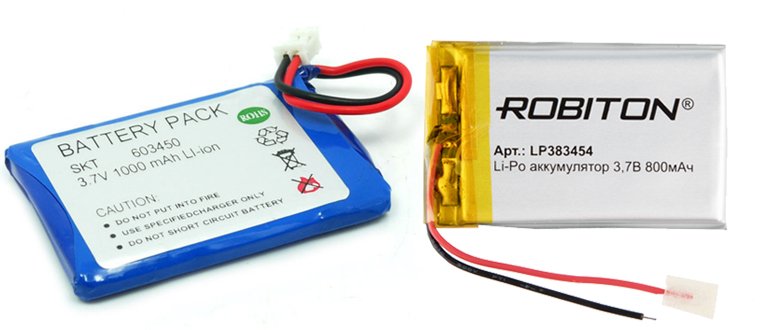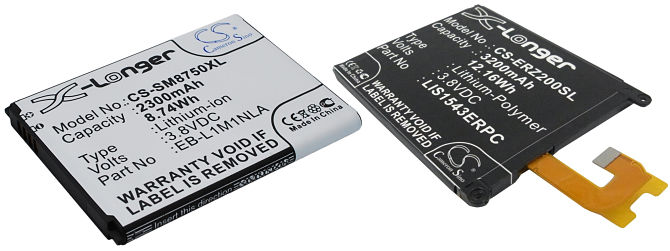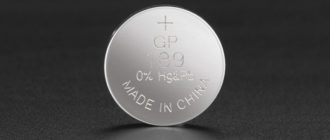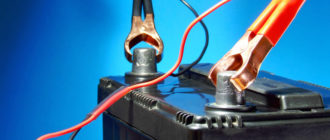The best modern small-sized galvanic power sources are elements that use lithium compounds as the active component. This material has the smallest mass of all metals available for practical use, so it has the greatest electrochemical potential. This allows you to get the highest current density per unit weight of manufactured batteries.
Content
Technology features
Batteries made using technology using lithium electrodes and incorporating this metal into the electrolyte have excellent technical parameters, high capacity, high operating current, durability and compactness.
One of the most common types of such batteries is lithium-ion (Li Ion) and lithium-polymer (Li Polymer) products. They have many similar design features, but also some differences that affect their performance.
Let us consider in more detail what features and differences are batteries made using these technologies.
What do Li Ion and Li Pol batteries have in common
Both types of considered power sources have the following identical features:
- identical construction of electrodes containing carbon material (usually graphite) in the anode, and cobalt, vanadium or manganese oxide in the cathode;
- a similar chemical reaction, as a result of which there is an electromotive force in lithium cells, due to the interaction of electrodes separated by an electrolyte with the inclusion of lithium salts;
- the same rated voltage equal to 3.7 volts;
- the same shelf life of 2-3 years;
- the similarity of the design allows the use of the same chargers for both types of batteries;
- they do not have a memory effect, but are sensitive to a strong discharge and are dangerous when overcharged (more than 4.2 volts), in which a fire or explosion can occur;
- Both types of batteries are not allowed to be used in the presence of damage and after a strong discharge (below 2.7 volts).
Differences between Li Ion and Li Pol batteries
Li pol batteries differ from lithium-ion mainly in the physical state of the electrolyte.
In the first case, a solid polymer electrolyte is used, or plates with inclusions of a gel-like electrolyte, and in the second case, the electrodes are separated by a liquid active substance.
The use of a completely dry electrolyte reduces its activity, therefore, to improve the operational characteristics of the batteries, inclusions of gel semi-liquid electrolyte are added to it.
The use of a polymer electrolyte layer instead of a porous separator filled with electrolyte complicates the process and increases its cost, but allows for more convenient and safe power sources during operation.
| Characteristic | Lithium-ion | Lithium-polymer |
|---|---|---|
| Energy density | High | Low |
| Effect of aging | Over time, it loses capacity | Also losing, but not as intense as li-ion |
| Chances of an explosion | May explode when recharged | Explosion proof |
| Cost | Cheap | Expensive |
| Charging time | Charge for a long time | Charges significantly faster |
| Weight | Heavier | Easier |
At the same time, the use of dry polymer reduces the activity of the electrolyte and provides acceptable electrical parameters only at high temperatures.In this regard, in the production of most modern lithium-polymer sources, a hybrid technology is used, in which inclusions of a gel-like electrolyte are added to the dry polymer material. This increases its ionic conductivity while maintaining high performance.
Than lithium-ion battery is better than lithium polymer
Lithium-ion power supplies have the following advantages over lithium-polymer:
- the use of a more active liquid electrolyte makes it possible to obtain a higher energy density and improved current-transfer characteristics at normal and low temperatures;
- the production of such batteries is cheaper than lithium polymer cells;
- they withstand a greater number of discharge-charge duty cycles, have an extended service life.
At the same time, the use of active electrolyte liquid inside the case of such batteries causes a number of disadvantages:
- it is necessary to use more tight and durable housings to prevent electrolyte leakage;
- the total weight of the batteries increases;
- universality of use decreases;
- Li ion batteries are more explosive, more afraid of overcharging, require the use of special built-in protection devices;
- they need a longer charge with a mandatory control of maximum voltage and temperature;
- they have less capacity with the same size;
- the high activity of liquid electrolyte causes faster aging of lithium-ion battery models, which lose about 0.1% of the total capacity per month.
Than lithium polymer battery is better than lithium-ion
Li po power supplies have the following advantages:
- the use of dry or semi-dry electrolyte allows the manufacture of compact batteries of any shape and size, as well as making them flexible;
- they have less weight and size in comparison with lithium-ion batteries identical in performance;
- higher (almost twice) capacity with the same total battery capacity;
- better safety and less risk of overcharging, no risk of electrolyte leakage;
- less time required for charging;
- less wear.
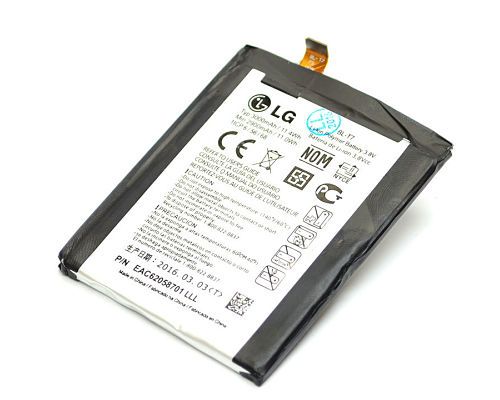
Lithium-polymer power supplies also have disadvantages:
- reduced energy density, so they have less permissible discharge current and less maximum power given;
- they are more expensive to manufacture;
- they withstand fewer charge-discharge cycles.
What is better to choose li ion or li polymer
There is not so much difference between both types of batteries, which would make an unambiguous choice in favor of one or another battery. The choice of the required type of battery must be carried out depending on each specific case.
If you need to use compact and unpretentious batteries, it is better to opt for the lithium-polymer version.
If necessary, to ensure a longer life and obtain a more powerful discharge current, it is better to use a lithium-ion power source. This option is more acceptable and if you want to save money on the purchase of the battery.
Both types of batteries have excellent electrical characteristics, many times better than salt, alkaline and metal hydride batteries. Under the right operating conditions, avoiding strong discharge and overcharging, both types of batteries can last for several years, giving off high current and voltage.

